All Things Astronomy
Like NPR "All Things Considered" with a focus on astronomy and space topics to include... literally any object or phenomenon above Earth's atmosphere. (PLEASE abstain from posting anything about astrology)
Like NPR "All Things Considered" with a focus on astronomy and space topics to include... literally any object or phenomenon above Earth's atmosphere. (PLEASE abstain from posting anything about astrology)
Oldest Posts (Page 2 / 31) Posts by anyone
All Things Astronomy
May 2018
Posted by vcg1234

All Things Astronomy
May 2018
Posted by vcg1234

All Things Astronomy
May 2018
Posted by vcg1234

All Things Astronomy
May 2018
Posted by Lukian



All Things Astronomy
May 2018
Posted by Lukian

All Things Astronomy
May 2018
Posted by AntaresRose

All Things Astronomy
May 2018
Posted by vcg1234

All Things Astronomy
May 2018
Posted by AntaresRose



All Things Astronomy
May 2018
Posted by AntaresRose
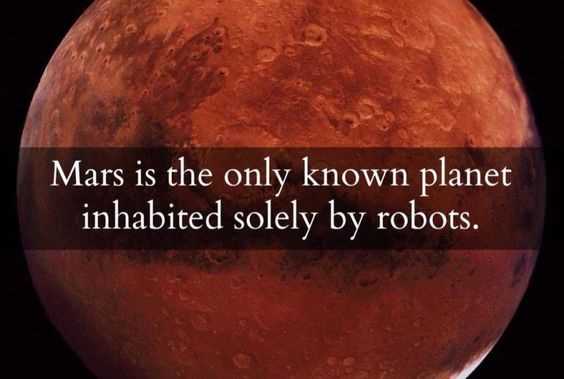


All Things Astronomy
May 2018
Posted by AntaresRose



All Things Astronomy
May 2018
Posted by AntaresRose
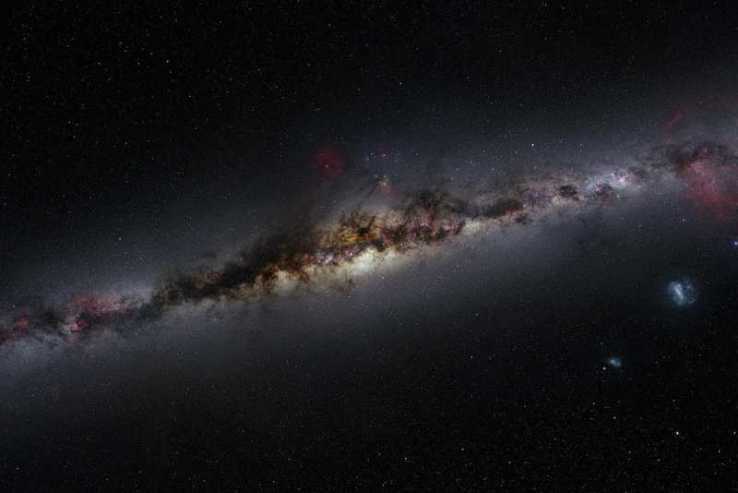


All Things Astronomy
May 2018
Posted by AntaresRose



All Things Astronomy
May 2018
Posted by AntaresRose
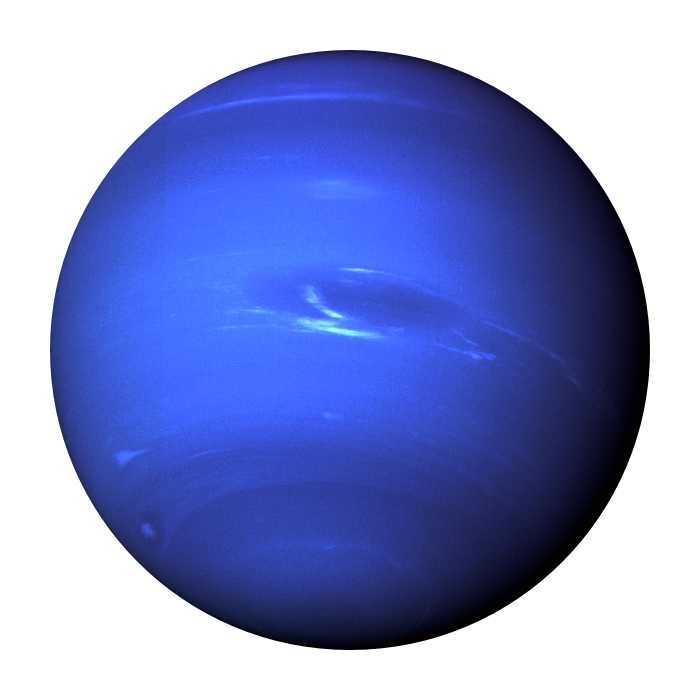


All Things Astronomy
May 2018
Posted by AntaresRose
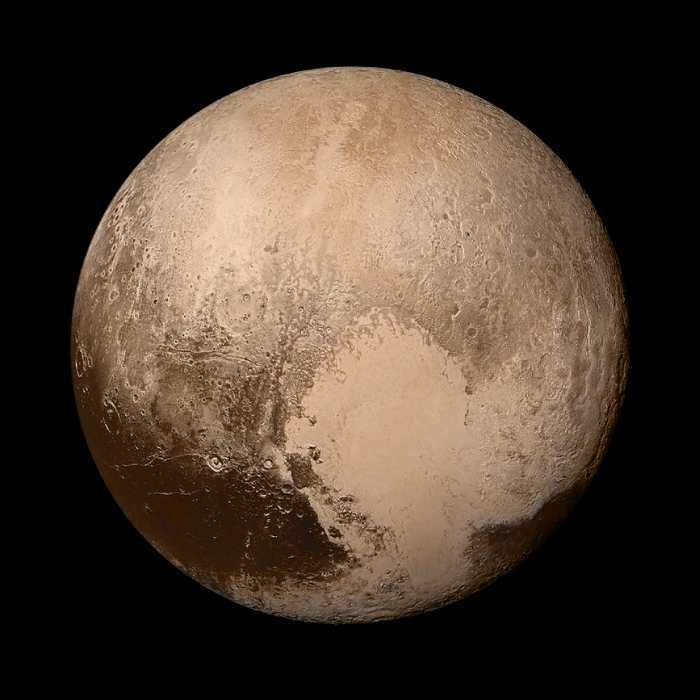



All Things Astronomy
May 2018
Posted by AntaresRose
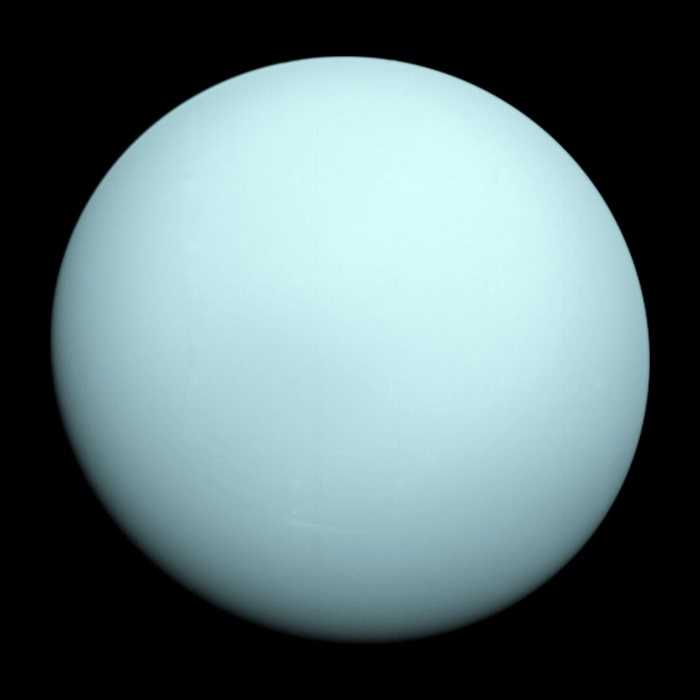


All Things Astronomy
May 2018
Posted by AntaresRose
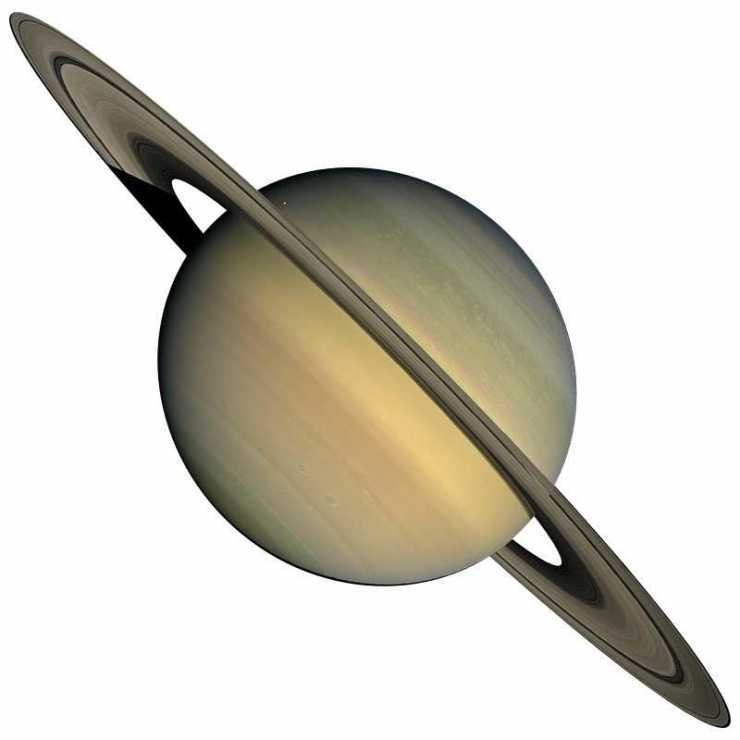


All Things Astronomy
May 2018
Posted by AntaresRose
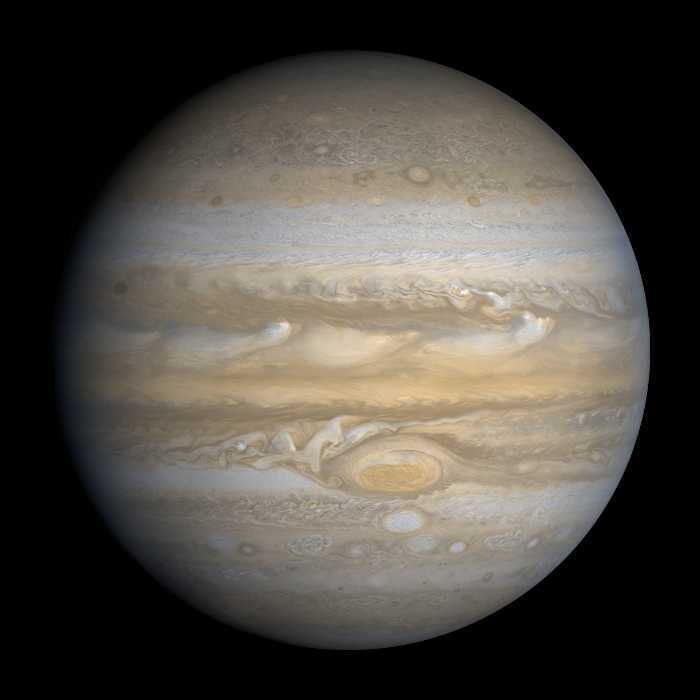


All Things Astronomy
May 2018
Posted by AntaresRose
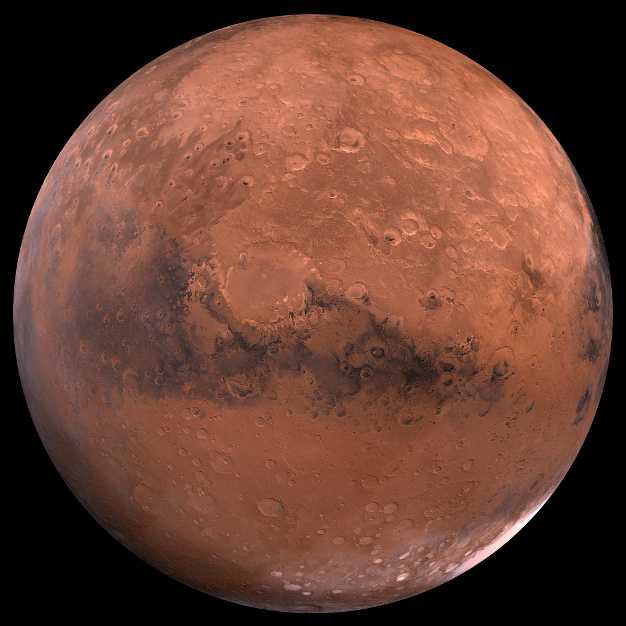


All Things Astronomy
May 2018
Posted by AntaresRose
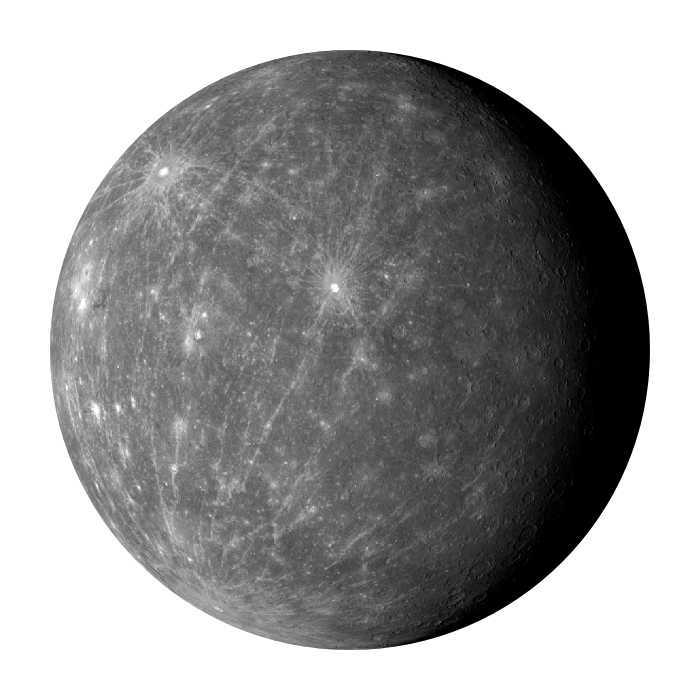


All Things Astronomy
May 2018
Posted by AntaresRose
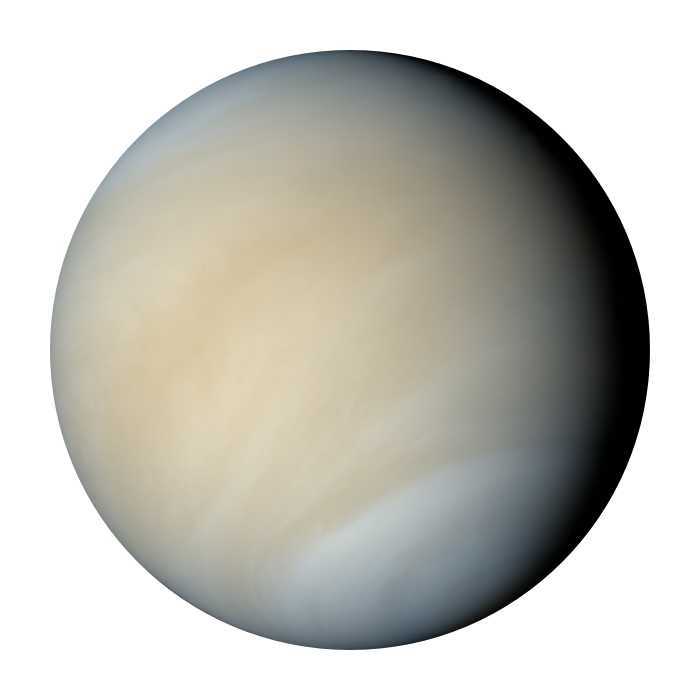


All Things Astronomy
May 2018
Posted by AntaresRose
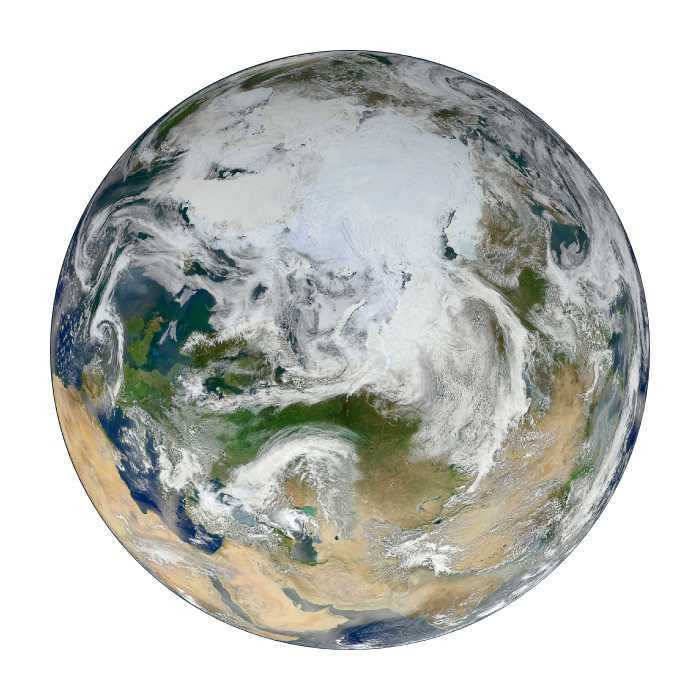


All Things Astronomy
May 2018
Posted by AntaresRose



All Things Astronomy
May 2018
Posted by AntaresRose
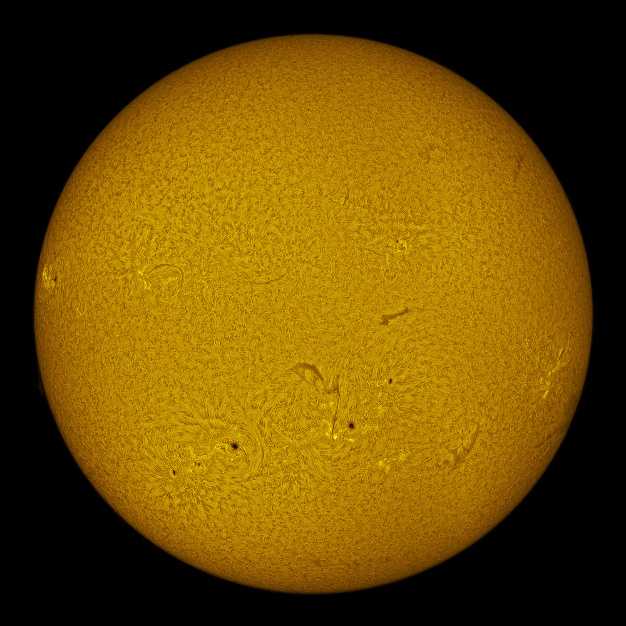


All Things Astronomy
May 2018
Posted by starwatcher-al

All Things Astronomy
May 2018
Posted by vcg1234
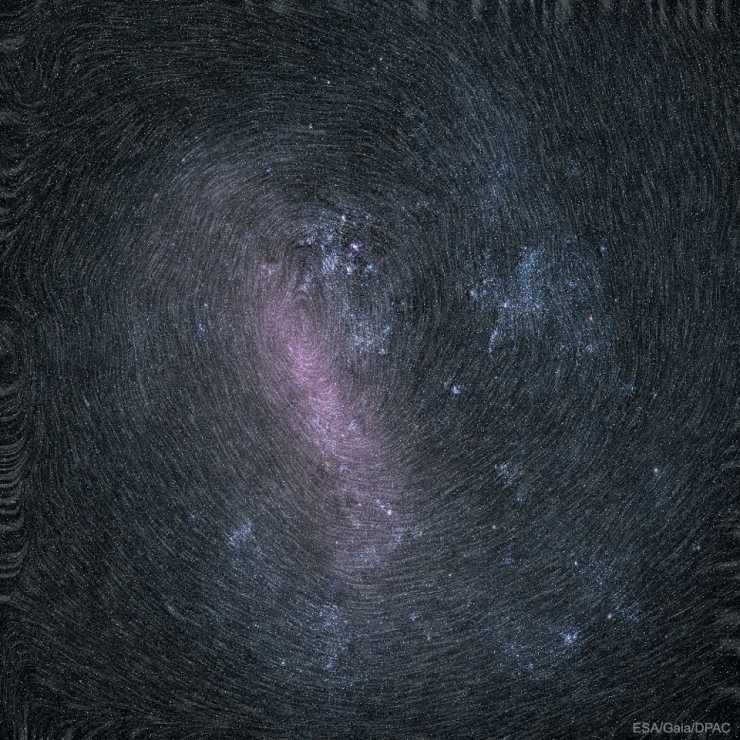


Photos 424 More
Posted by starwatcher-alThe occultation of Mars on the 7th.
Posted by starwatcher-alThe occultation of Mars on the 7th.
Posted by starwatcher-alSolar minimum was in 2019 so the sun is ramping up in flares, spots and prominences.
Posted by starwatcher-alI missed the early phases of the eclipse but the clouds mostly left during totality. All in all a great eclipse. Next one is Nov. 8-22
Posted by starwatcher-alI missed the early phases of the eclipse but the clouds mostly left during totality. All in all a great eclipse. Next one is Nov. 8-22
Posted by RobecologyFor those following the JWST.
Posted by AnonySchmoose The post-launch set-up of the new James Webb telescope has gone very well.
Posted by HumanistJohnImages taken with Stellina (80 mm): M33 Triangulum Galaxy M1 Crab Nebula NGC281 Pacman Nebula in Cassiopeia NGC 6992 Veil Nebula in Cygnus
Posted by HumanistJohnImages taken with Stellina (80 mm): M33 Triangulum Galaxy M1 Crab Nebula NGC281 Pacman Nebula in Cassiopeia NGC 6992 Veil Nebula in Cygnus
Posted by HumanistJohnImages taken with Stellina (80 mm): M33 Triangulum Galaxy M1 Crab Nebula NGC281 Pacman Nebula in Cassiopeia NGC 6992 Veil Nebula in Cygnus
Posted by HumanistJohnImages taken with Stellina (80 mm): M33 Triangulum Galaxy M1 Crab Nebula NGC281 Pacman Nebula in Cassiopeia NGC 6992 Veil Nebula in Cygnus
Posted by HumanistJohnImages taken October 2nd 2021 with Stellina 1.
Posted by HumanistJohnImages taken October 2nd 2021 with Stellina 1.
Posted by HumanistJohnImages taken October 2nd 2021 with Stellina 1.
Posted by starwatcher-al Did you know that you can see Venus in the daytime?
Posted by starwatcher-alOne of these days I think that I'll figure out this Nikon.





